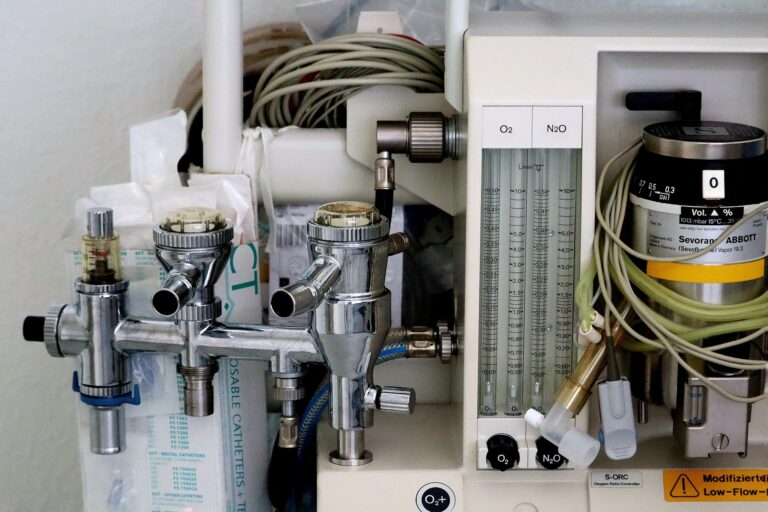Establishing Cleaning Frequencies in Food Processing
Before Establishing cleaning frequencies in food processing, we must determine the frequency of cleaning, first of all it is extremely important to Establish Cleaning Frequencies in Food Processing. To establish cleaning Frequencies in Food Processing, it’s important to consider areas where buildup or accumulation can occur and increase the risk of microbial growth. This includes equipment dead zones. Microbiological data from the product stream and these accumulation areas is necessary to establish an effective cleaning plan.
The validation study for the run time process must cover:
- The sampling plan should include details on the location of sampling sites, the frequency of sampling, and the methods used for sampling.
- The microbiological tests should specify the methods used, the suitable laboratories for analysis, and the criteria for evaluating the results.
The product stream should be regularly sampled at the start of the process and at periodic intervals until line shutdown. Accumulated product areas should be sampled if safely accessible, but only at shutdown if not, for safety and access reasons.
For establishing cleaning frequencies in food processing, common microbiological tests include aerobic plate count, Enterobacteriaceae, yeasts and molds. If conditions permit growth and toxin production, tests for toxin-producing pathogens like Staphylococcus aureus and Bacillus cereus may also be conducted.
Additional tests, such as for lactic acid or other spoilage organisms, may be added as needed. The process sampling and testing plan should also include an evaluation of the product stream and accumulation sample organoleptic properties.
The baseline levels are established based on the microbiological counts of the process stream at the start of the process or the microbiological counts of the ingredients used.
The initial validation of the cleaning frequencies and process run times is completed over three consecutive sanitations and is considered successful if the microbiological criteria are met during each run. This validation is usually performed during line commissioning, when changes are made to the process equipment, product, or cleaning agents, during line auditing, or during troubleshooting

Process Run Time Extension Validation in Food Processing:
Further validation is necessary to increase the process run times beyond previously established lengths. The extension of run times is only possible if:
- The equipment is designed with sound sanitation in mind.
- Modifications to the process or product can be made to reduce the potential for microbial growth.
- Backup equipment is available to allow quick and efficient replacements.
CIP Extension Protocols in Food Processing
CIP extensions allow a facility to increase the production run time between cleaning intervals. Before starting the extension process, the facility must meet specific prerequisites. The process involves four main steps:
Prerequisites
- The plant must have 10 weeks of consecutive, in-specification data demonstrating the effectiveness of the CIP system.
- The plant must have at least one personnel member with a certification in Sanitation and Microbiology or demonstrate expertise in these areas.
- The implementation of the process must be authorized by the Quality and Food Safety Manager.
Step 1: Establishing Baseline
- Once approved, the plant will collect baseline data for each production line.
- Final rinse water samples or micro swabs will be collected and analyzed at the end of the maximum production time, or just before the CIP process the following day, on four separate days.
- The results must be submitted to the Quality and food safety manager for evaluation.
- If all four sets of data consistently meet specifications, the plant will receive approval to increase one production period for a determined length of time.
- Before proceeding to step 2, the micro results for the products produced on this line during the previous 10-week period must also meet specifications
Step 2: Execution of Test
The final rinse water data must be collected at the end of the new production period and reviewed by the Quality and food safety manager. If the data is acceptable, the plant will receive approval to start production at a new interval. Additionally, the micro results of products produced on this line must meet specifications before proceeding to step 3.
Step 3: Validation of CIP Extension Protocol
The final rinse water data will be obtained at the end of a new production cycle or just before the following day’s CIP, covering the next three productions. This data, along with the data collected in step 2, will complete a total of four consecutive sets of final rinse water data required for validation of the process. The results should be sent to the quality and food safety manager for assessment and approval. The microbiological results of the products produced on this line must also meet specifications before proceeding to step 4.
Step 4: Monitoring of CIP Extension
Final rinse water data and micro swabs will be collected on a monthly basis for each production line at the end of the production period or just prior to CIP the following day. The data will be recorded in the micro tracking tool along with the standard product micro control data, and identified as a new period data set. The results will be reviewed monthly by the quality and food safety manager as part of the normal data submission process. Regular micro results of the products produced on the line must also meet specifications. After three months of in-specification final rinse water and product data at the extended interval, the plant can request further extension increments.



